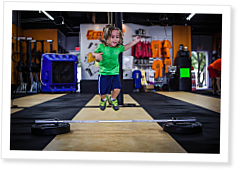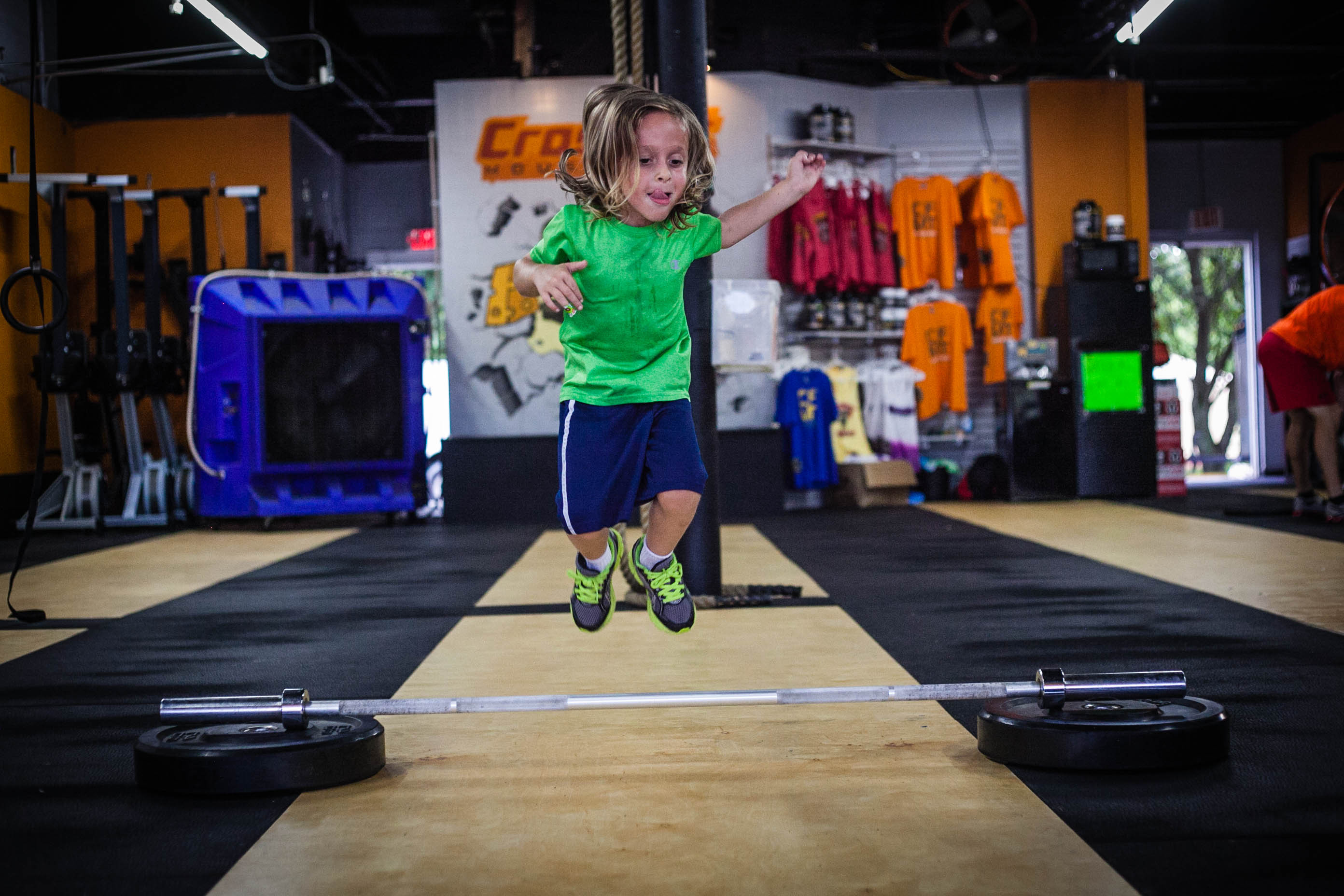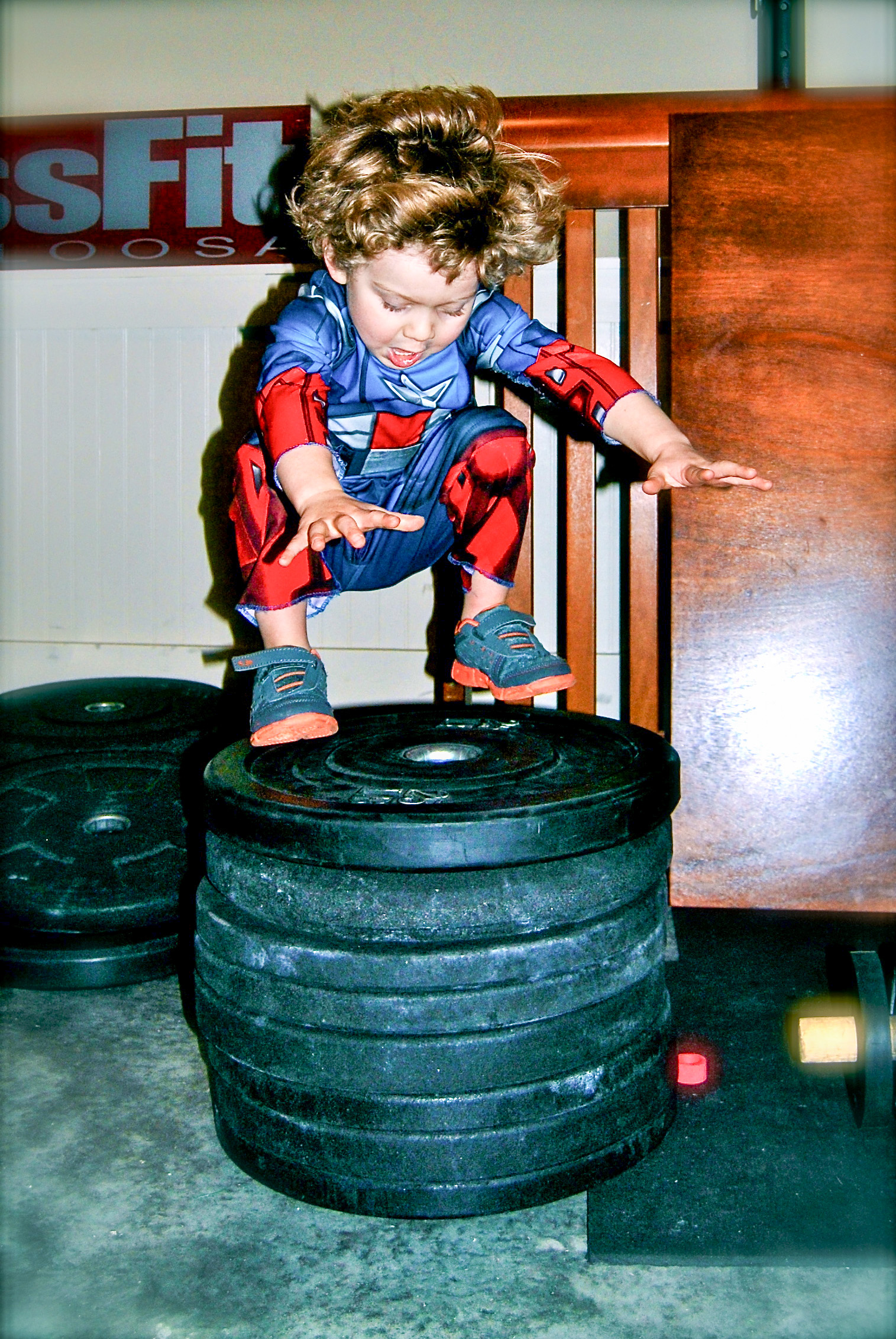
A recent paper in the Journal of Bone and Mineral Research found that increased bone mineral content (BMC) and bone mineral density (BMD) in childhood are positively associated with time spent doing high-impact physical activities (PA), even for those with a genetic risk of low bone mass in adulthood (1).
A concern over BMC and BMD generally arises in those over 60 years old, when low bone mass and osteoporosis can occur. However, the time of maximal bone mineral accretion occurs as puberty begins reaching a maximal rate in females at 12.5 and males at 14.1 years old (2). This period also corresponds to a time of maximal height velocity (2). Therefore, actions that can affect this process during this window of opportunity are important to consider; indeed, “the magnitude of peak bone mass attained in young adulthood is an important predictor of osteoporosis later in life” (2).
The National Osteoporosis Foundation published a position statement in 2015 listing the factors that can influence peak bone-mass development throughout life (2). The most direct is an individual's genes, explaining 60-80 percent of the measured differences (2). The remaining 20-40 percent include factors such as macronutrients, micronutrients, unhealthy habits (smoking, drinking, etc.) and PA (2). Despite years of research, the foundation concluded that only PA and calcium have a “strong” body of evidence behind their relationship with skeletal health; vitamin D is listed as “moderate” (2).

Mitchell et al. (1) investigated the relationship between PA and BMC as well as BMD in children from 5 to 19 years old. As many as 918 individuals were tracked for up to six years, responding to PA questionnaires and undergoing dual-energy X-ray absorptiometry (DXA) scans (1). Total PA time was positively associated with higher scores for BMC and BMD (1). In fact, the association was driven solely by time spent doing high-impact PA; low-impact PA showed no statistically significant relationships with skeletal health (1).
The questionnaires stated that low-impact PA included such activities as biking, bowling, climbing stairs, cross-country skiing, downhill skiing, gardening, golfing, hiking, hockey, kayaking, inline skating, rowing, sit-ups, skating, snowboarding, surfing, swimming, walking, waterskiing and yoga (1). Examples of high-impact PA were listed as aerobics/dancing, basketball, baseball, football, gymnastics, jogging/running, jump rope, lacrosse, martial arts, soccer, softball, squash, tennis, volleyball and weightlifting (1).
Additionally, the positive associations with high-impact PA remained even in children with below-average BMC and BMD scores (1). Below-average scores might suggest an underlying genetic risk, and it would be noteworthy that PA associations remained. In order to assess this question directly, DNA from the participants was analyzed and given a genetic risk score. Each sample was screened for 67 genetic variants (single nucleotide polymorphisms) that have been associated with bone-mass differences in adults (none of the genes involved in the disorder osteogenesis imperfect were examined); the more variants detected, the higher the genetic risk score. The association of BMC and BMD with high-impact PA held regardless of the genetic risk score (1). Even if an individual has a genetic predisposition for lower bone mass as an adult, high-impact PA can still provide a benefit.

Increasing time spent doing high-impact PA as a youth is a simple and direct way to improve skeletal health. As further evidence, Ishikawa et al. (3) state in their meta-analysis, “Our findings support previous research highlighting the advantage of performing high-impact, weight-bearing activity on bone mineral accrual during prepubescence and imply that even non-competitive levels of weight-bearing exercise can exert a positive influence on the bone health of young girls.”
The ease of implementing these types of exercises is highlighted in a study from Queensland, Australia, by Weeks et al. (4). Eighty-one adolescents in the intervention group had an added “10 min of directed jumping activity at the beginning of every physical education (PE) class, that is, twice per week for 8 mo, excluding holidays” (4). Jumping activities included jumps, hops, tuck jumps, jump squats, etc. Improved bone mass was observed for both genders compared to controls who only participated in regular PE (4).
One of the programming directives offered at the CrossFit Specialty Course: Kids is including impact-loading exercises on a daily basis. This simple addition results in meaningful and significant benefits not only in terms of the improved fitness it generates through these plyometric exercises but also with respect to increased skeletal health in the long term.
References
1. Mitchell JA et al. Physical activity benefits the skeleton of children genetically predisposed to lower bone density in adulthood. Journal of Bone and Mineral Research 31(8): 1504-12, 2016.
2. Weaver CM et al. The National Osteoporosis Foundation's position statement on peak bone mass development and lifestyle factors: A systematic review and implementation recommendations. Osteoporosis International 27(4): 1281-1386, 2016.
3. Ishikawa S, Kim Y, Kang M and Morgan DW. Effects of weight-bearing exercise on bone health in girls: A meta-analysis. Sports Medicine 43(9): 875-92, 2013.
4. Weeks BK, Young CM and Beck BR. Eight months of regular in-school jumping improves indices of bone strength in adolescent boys and girls: The POWER PE study. Journal of Bone and Mineral Research 23(7): 1002-11, 2008.
About the Author: Jon Gary received a doctorate in molecular biology from UCLA. He is a CrossFit Level 3 Trainer and a staff member for the CrossFit Specialty Course: Kids. He's been doing CrossFit since 2003. He lives in San Diego, California, with his wife and coaches teenagers at CrossFit Escudo.
Photo credits (in order): Joe Vaughn/CrossFit MouseTrap, Brittany Shamblin








